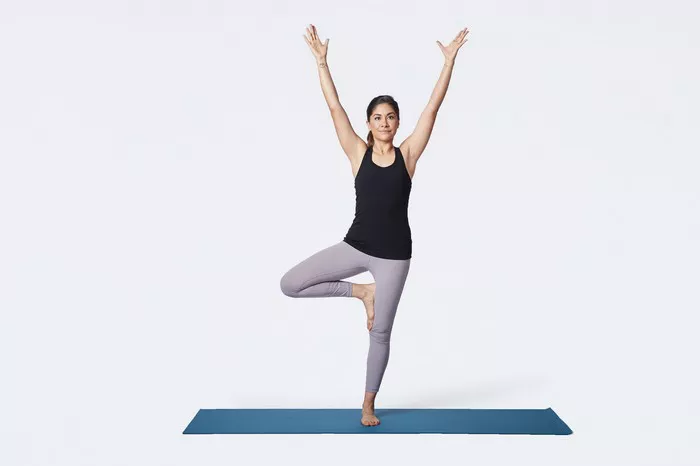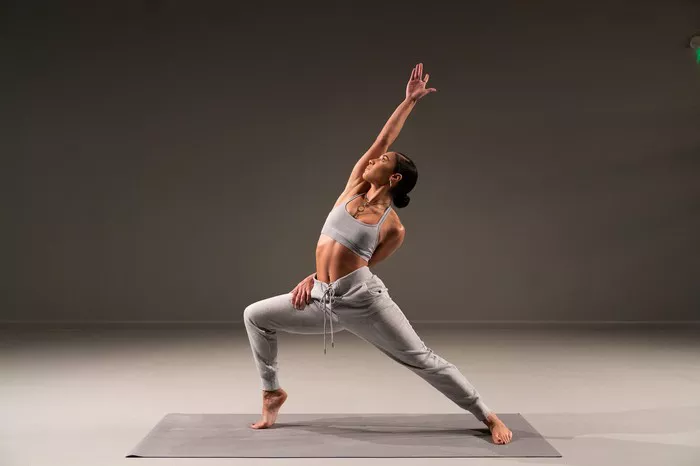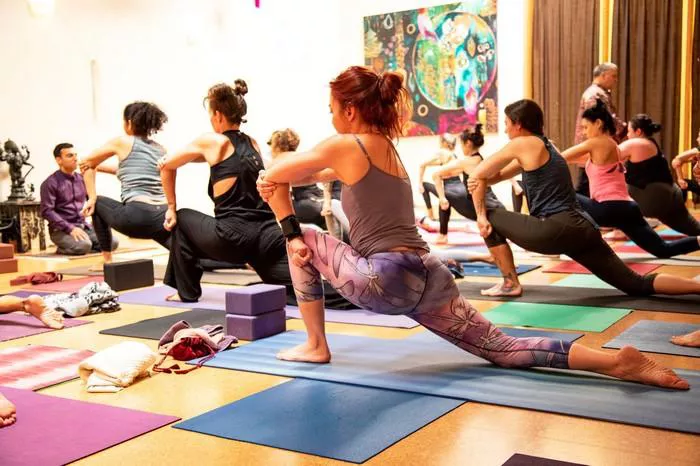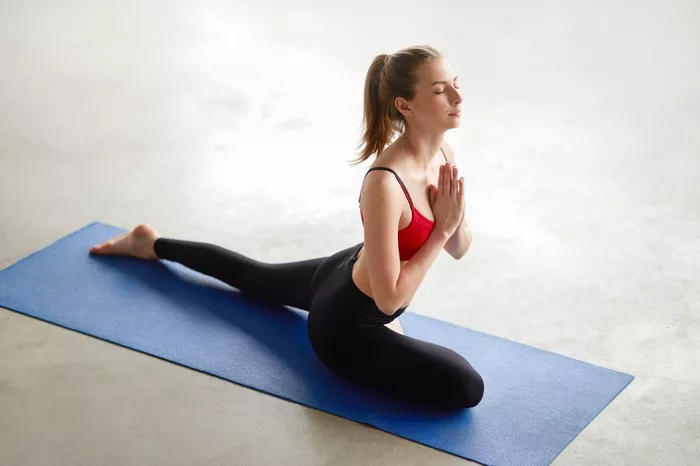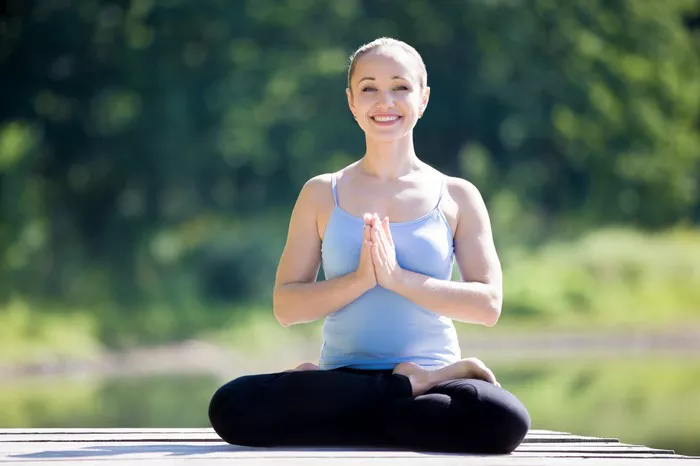Yoga and stretching are two popular physical practices that many people incorporate into their routines for flexibility, muscle relief, and overall health. While they share similarities, they are distinct in their approach, philosophy, and benefits. This article aims to explore whether you can replace stretching with yoga, how the two compare, and how they can complement each other for improved wellness. By the end, you’ll have a clear understanding of whether you can swap one for the other, or if both should play a role in your physical practice.
What Is Stretching?
Stretching is a form of physical exercise in which a muscle or tendon is deliberately lengthened to improve flexibility and achieve a range of motion. It is often used to prepare the body for more strenuous activities, cool down after exercise, or simply to relieve tightness in muscles. There are two primary types of stretching:
Static Stretching: This involves holding a stretch for a prolonged period, typically 20-30 seconds, allowing the muscle fibers to lengthen gradually.
Dynamic Stretching: This involves moving parts of your body and gradually increasing the range of motion through controlled movements. This type of stretching is often done before a workout to warm up muscles.
Stretching is commonly recommended to reduce muscle stiffness, prevent injuries, and enhance flexibility. It is also often used by athletes, dancers, and fitness enthusiasts as part of their regular routine. However, stretching alone does not address many aspects of physical health, such as mental focus, alignment, or stress relief.
What Is Yoga?
Yoga is an ancient practice that originated in India thousands of years ago. It combines physical postures (asanas), breathing techniques (pranayama), and meditation to create a holistic approach to health. Yoga not only focuses on physical flexibility and strength but also aims to improve mental clarity, emotional well-being, and spiritual awareness.
There are many styles of yoga, each with a unique emphasis and approach. Some of the most common types include:
Hatha Yoga: A slower-paced style that focuses on basic postures and alignment. It is ideal for beginners.
Vinyasa Yoga: A dynamic style that links breath with movement in a flowing sequence of postures.
Ashtanga Yoga: A more rigorous form of vinyasa that follows a specific sequence of postures performed in a set order.
Iyengar Yoga: A style that emphasizes precise alignment and often uses props (blocks, straps, etc.) to aid in achieving the correct posture.
Bikram Yoga: A form of hot yoga performed in a heated room with a fixed sequence of 26 postures and two breathing exercises.
While yoga incorporates stretching, it also includes other elements such as strength-building, balance, and breath control. Practitioners often experience not only improvements in flexibility but also a reduction in stress and an increase in overall mindfulness.
Stretching vs. Yoga: Key Differences
While both yoga and stretching focus on improving flexibility, their approaches and overall benefits are quite different. Here are a few key distinctions:
1. Philosophy and Intent
Stretching is primarily a physical activity aimed at improving muscle flexibility and joint mobility. It’s often used to prepare for exercise or to relieve tightness after activity. Its focus is mainly on the body’s muscular system.
Yoga, on the other hand, is a holistic practice that involves not only the body but also the mind and spirit. The physical postures in yoga (asanas) are designed to balance the body’s energy, align the spine, strengthen muscles, and create a sense of relaxation and well-being. Yoga’s benefits go beyond flexibility, including stress reduction, emotional stability, and mental clarity.
2. Breathwork
One of the major components of yoga that differentiates it from stretching is the integration of breath with movement. In yoga, breathing techniques (pranayama) are an integral part of each posture. Proper breathing helps practitioners deepen stretches, enhance relaxation, and maintain focus. The breath is often used as a guide to transition between poses and to manage the intensity of the practice.
Stretching, on the other hand, typically does not emphasize breath control in the same way. While it’s common to take deep breaths during static or dynamic stretches, it’s usually not a primary focus.
3. Mindfulness and Mental Focus
Yoga encourages mindfulness and mental presence during the practice. Many forms of yoga encourage practitioners to focus on their thoughts, sensations, and feelings in the present moment. The practice of mindfulness during yoga can lead to increased mental clarity, reduced anxiety, and improved emotional health.
Stretching, by contrast, does not usually involve this level of mental engagement. While it may serve as a brief break or moment of relaxation, it is not structured to promote deep mental awareness or emotional well-being.
4. Flexibility and Strength
While stretching is primarily aimed at improving flexibility, yoga offers a more comprehensive approach that includes strength-building, balance, and coordination. Many yoga postures require the practitioner to engage various muscle groups simultaneously, enhancing overall muscle tone and strength.
In stretching, flexibility is often the sole focus. While certain stretches may engage muscle strength, the emphasis is generally on lengthening muscles rather than building strength.
5. Posture and Alignment
In yoga, alignment is critical. Proper alignment ensures that the body is in the safest position, reducing the risk of injury and promoting maximum benefits from each pose. Many yoga styles, especially Iyengar, place a strong emphasis on alignment, and practitioners may use props to assist in achieving the correct form.
Stretching exercises, particularly in informal settings, do not always emphasize alignment in the same way. For example, a person may simply reach forward to touch their toes without much consideration of spine position or muscle engagement. This lack of attention to alignment can sometimes lead to improper form and potential strain on the muscles or joints.
Can Yoga Replace Stretching?
Now that we have a better understanding of the key differences between yoga and stretching, let’s explore whether yoga can replace stretching in your fitness routine.
1. Flexibility Improvement
If your primary goal is to increase flexibility, yoga can definitely help. Many yoga poses involve deep stretching, which can improve your range of motion, flexibility, and overall muscle elasticity. Poses such as Forward Fold (Uttanasana), Downward-Facing Dog (Adho Mukha Svanasana), and Pigeon Pose (Eka Pada Rajakapotasana) specifically target the hamstrings, hip flexors, and other muscles involved in flexibility.
Yoga incorporates both static and dynamic stretches, allowing for a more holistic approach to improving flexibility. In addition, the practice’s focus on alignment ensures that stretches are performed safely and effectively, which is not always the case in casual stretching exercises.
2. Strength and Endurance
While traditional stretching does not typically focus on building muscle strength, yoga postures often require the engagement of multiple muscle groups. Poses such as Plank, Warrior I and II, and Chair Pose are designed to strengthen the core, legs, and upper body while simultaneously stretching the muscles. The integration of strength and flexibility is one of the key benefits of yoga, as it ensures that flexibility is developed in a balanced and functional way.
In this sense, yoga does not just replace stretching—it enhances the practice by offering strength-building benefits, which stretching alone cannot provide.
3. Stress Relief and Mental Clarity
Yoga has a profound impact on mental health. The integration of breathwork, mindfulness, and meditation into yoga poses creates an opportunity for emotional healing and stress relief. The practice of focused breathing (such as Ujjayi Pranayama or Box Breathing) can activate the parasympathetic nervous system, helping to reduce anxiety and promote a feeling of calm.
Stretching, while beneficial for relieving physical tension, does not offer the same mental and emotional benefits. Though it can provide a brief moment of relaxation, it lacks the deeper focus on breath and mindfulness that is inherent in yoga.
4. Posture and Alignment
Yoga places a strong emphasis on body alignment, which can help to correct poor posture and prevent injury. The awareness of how the body is positioned during each pose is a key component of the practice, and this focus can lead to improved posture in daily life.
Stretching, unless done under the guidance of a trained professional, does not typically emphasize alignment in the same way. As a result, poor posture during stretches can sometimes lead to strain or injury, particularly in the lower back, hamstrings, or shoulders.
5. Overall Health and Well-Being
Yoga is a holistic practice that nurtures the body, mind, and spirit. It can improve physical health by enhancing flexibility, strength, and posture, but it also offers benefits for mental and emotional health. The meditative and mindfulness aspects of yoga help practitioners cope with stress, manage anxiety, and increase self-awareness.
Stretching, by contrast, is mainly a physical activity with limited mental or emotional benefits. While it contributes to physical health, it does not address the whole person in the way that yoga does.
How Yoga and Stretching Complement Each Other
While yoga can certainly replace stretching in many ways, it is important to note that stretching and yoga can also complement each other. Many athletes and fitness enthusiasts use both in their routines to maximize benefits.
For example, yoga can provide a deeper, more holistic stretch for the body, improving flexibility, strength, and mental clarity. Stretching can then serve as a targeted method to address specific muscle tightness or areas of stiffness, particularly after physical activities such as running, cycling, or weightlifting.
By combining both practices, you can create a balanced approach to flexibility and overall wellness.
Conclusion
Yoga is much more than just stretching—it is a holistic practice that addresses the body, mind, and spirit. While yoga can effectively improve flexibility, strength, and posture, it also offers stress relief, mental clarity, and emotional balance, making it a comprehensive practice for overall health. Stretching, on the other hand, focuses mainly on flexibility and muscle lengthening, with less emphasis on mental focus or strength-building.
In answer to the question, “Can I replace stretching with yoga?” the answer is yes, if you are looking for a more comprehensive approach to flexibility, strength, and well-being. However, incorporating both yoga and stretching into your routine can provide even greater benefits, particularly for athletes or anyone seeking to enhance their physical health and mental wellness.
By understanding the unique contributions of each practice, you can tailor your routine to meet your specific goals and enjoy a more balanced, fulfilling approach to fitness.
Related Topics:




